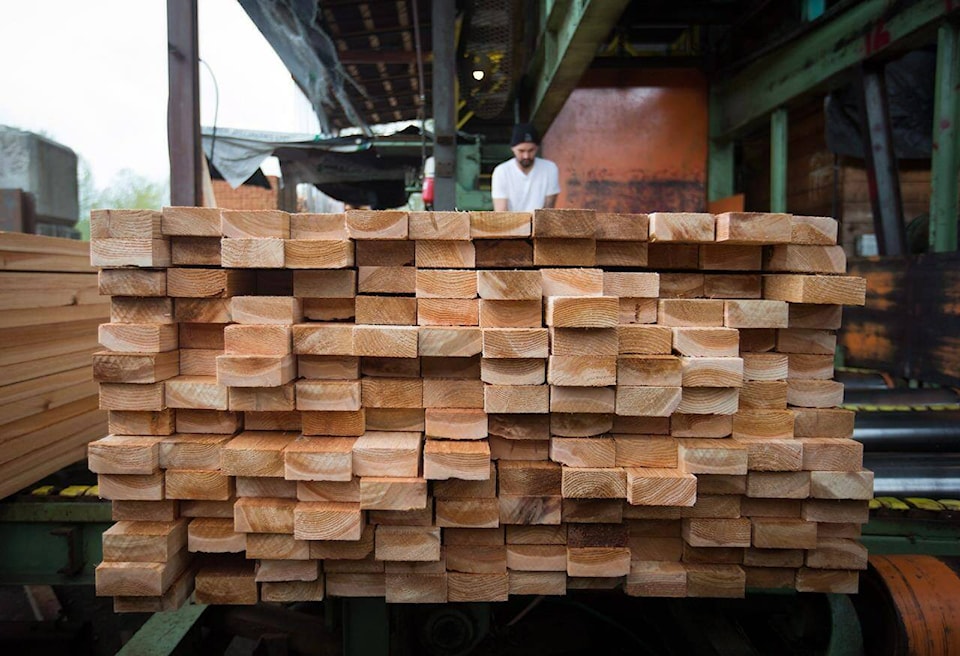At some point, we have to cut down some trees.
The forest industry in B.C. supplies building materials for homes and businesses, furniture, and the fast-growing mass timber construction industry, not to mention pulp for paper.
The good thing about trees is that they grow back. Unlike oil or coal or metals dug up out of the ground, we can ensure a fresh supply of timber pretty much in perpetuity, if we manage our forests in the right way, replanting, preserving, and protecting sensitive areas.
Unfortunately, we haven’t always done that, and now we’re faced with an ecosystem that’s under stress, with too few stands of old growth left, and an industry that is used to having access to more wood than is actually sustainable.
Premier David Eby warned recently of “exhausted forests,” but he could have spoken of an exhausted forest industry just as well.
There are still people in many communities in B.C. making a living from forestry, but it’s a far cry from what it once was.
Mills used to dot the Fraser River from Mission to Vancouver and elsewhere in the province, but over the last 30 to 40 years, more and more have shuttered.
Many workers have been eliminated by automation and technology, while few new jobs have been created in processing timber, as raw log exports continue to reign supreme in this province.
Eby’s most recent announcement this week aims to change that. A new $90 million fund over the next three years is meant to inject money into industrial and manufacturing projects.
There are plenty of places for B.C. wood, big and small.
With Canada and other jurisdictions phasing out single-use plastics, paper and wood are set to make a comeback in everything from takeout containers to disposable cutlery.
On the exact opposite end of the scale, technology now allows wood to act as a building material that can compete with steel and concrete.
The government of B.C. has been encouraging mass timber construction, using vast manufactured wood beams. It’s already building structures more than a dozen storeys tall across this province, with many more to come.
The goal for forestry in B.C. has to be to cut fewer trees, while turning what we do cut into useful products that we can export across Canada and the world. It’s been a dream of multiple B.C. governments, and no one has managed to make it work. But if we want to have good jobs in the forest sector, as well as healthy forests that will last for hundreds and thousands of years yet to come, we’re going to have to work to get that balance right.
– Black Press
